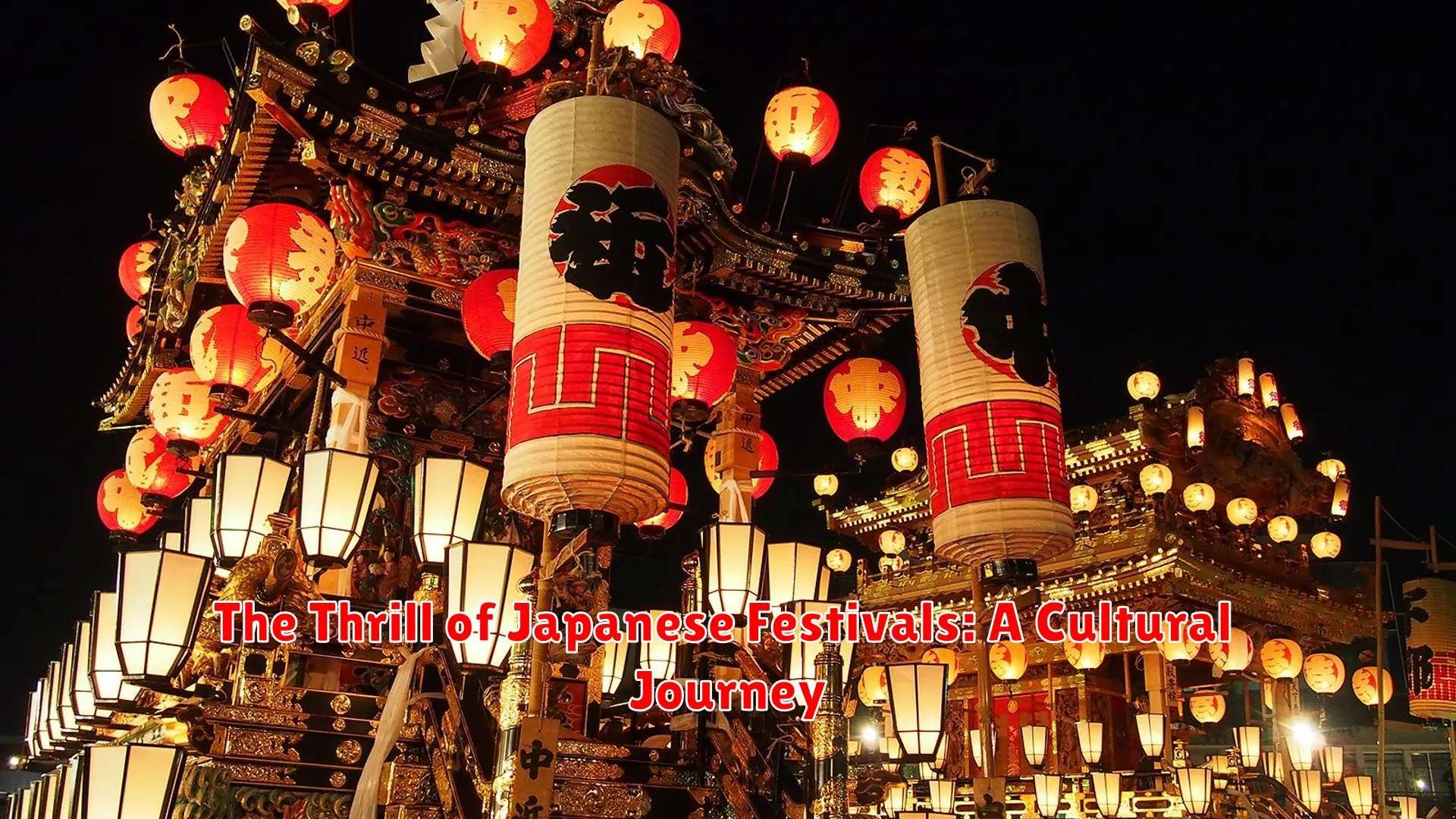Experience the vibrant colors, traditional dances, and mouth-watering street food in Japan through its festivals. Join us on a cultural journey exploring the captivating world of Japanese festivals and the unique traditions they bring.
Experiencing the Magic of Cherry Blossom Festivals
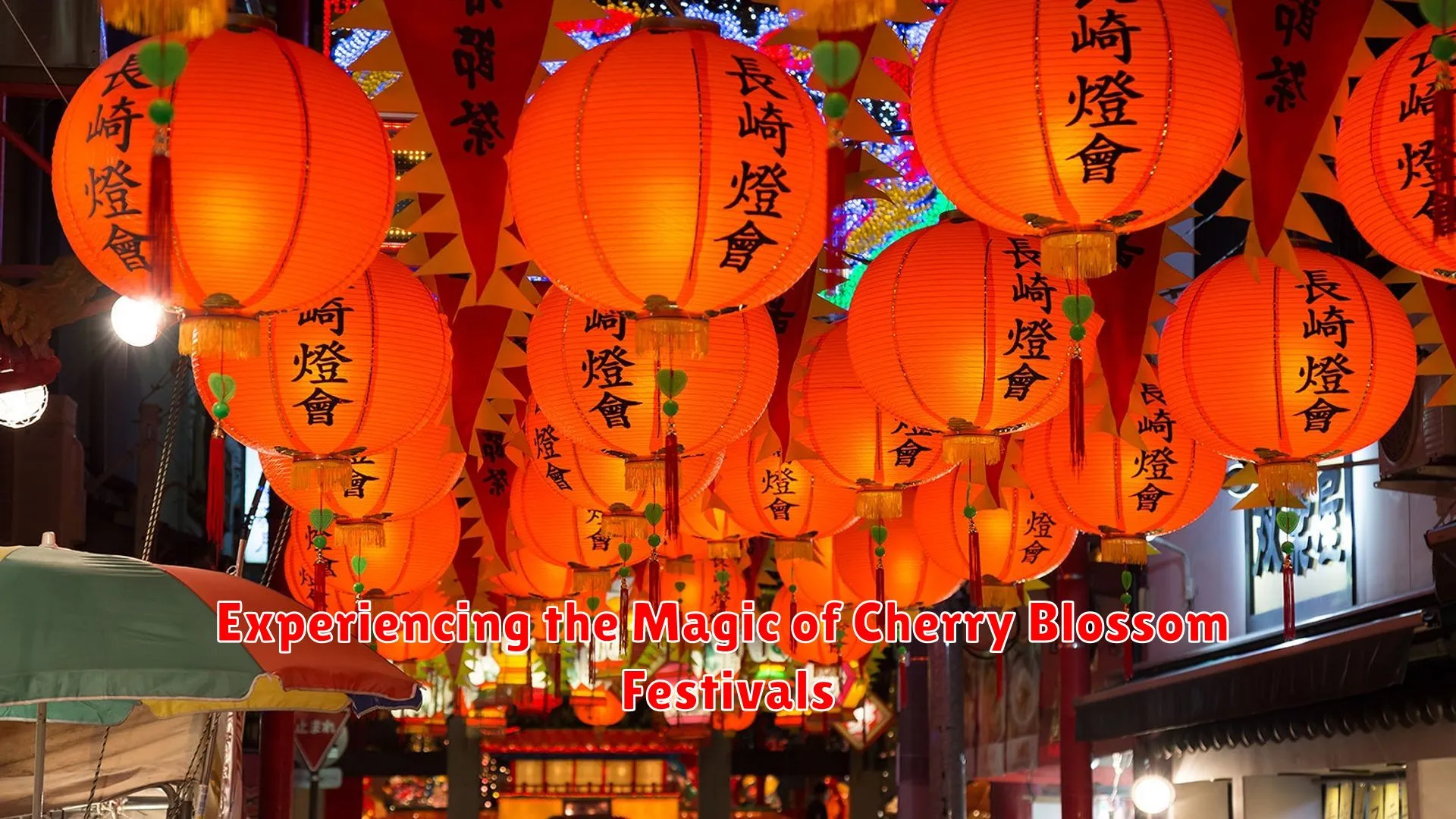
Embarking on a cultural journey through Japanese festivals offers a profound opportunity to immerse oneself in the enchanting beauty of cherry blossom festivals. Each spring, Japan is adorned in delicate shades of pink and white as cherry blossoms, or sakura, bloom across the country, and the festivities that follow celebrate this ephemeral beauty.
Attending a cherry blossom festival in Japan is a sensory delight, with the sweet fragrance of the blossoms filling the air and the sight of blooming trees painting a picturesque backdrop. Visitors can partake in traditional hanami (flower viewing) picnics under the blooming trees, enjoying delicious bento lunches and local treats.
One of the most iconic cherry blossom festivals is held in Hirosaki, where the grounds of Hirosaki Castle transform into a sea of pink blossoms. Visitors can stroll along the moats, join in festive parades, and witness mesmerizing light-up events that illuminate the blossoms at night.
Exploring the magic of cherry blossom festivals in Japan is not just about admiring the flowers; it’s also a time to appreciate the cultural significance of these blooms and their role in Japanese art, literature, and traditions. From poetry to paintings, cherry blossoms hold a special place in the hearts of the Japanese people.
The Excitement of Sumo Tournaments
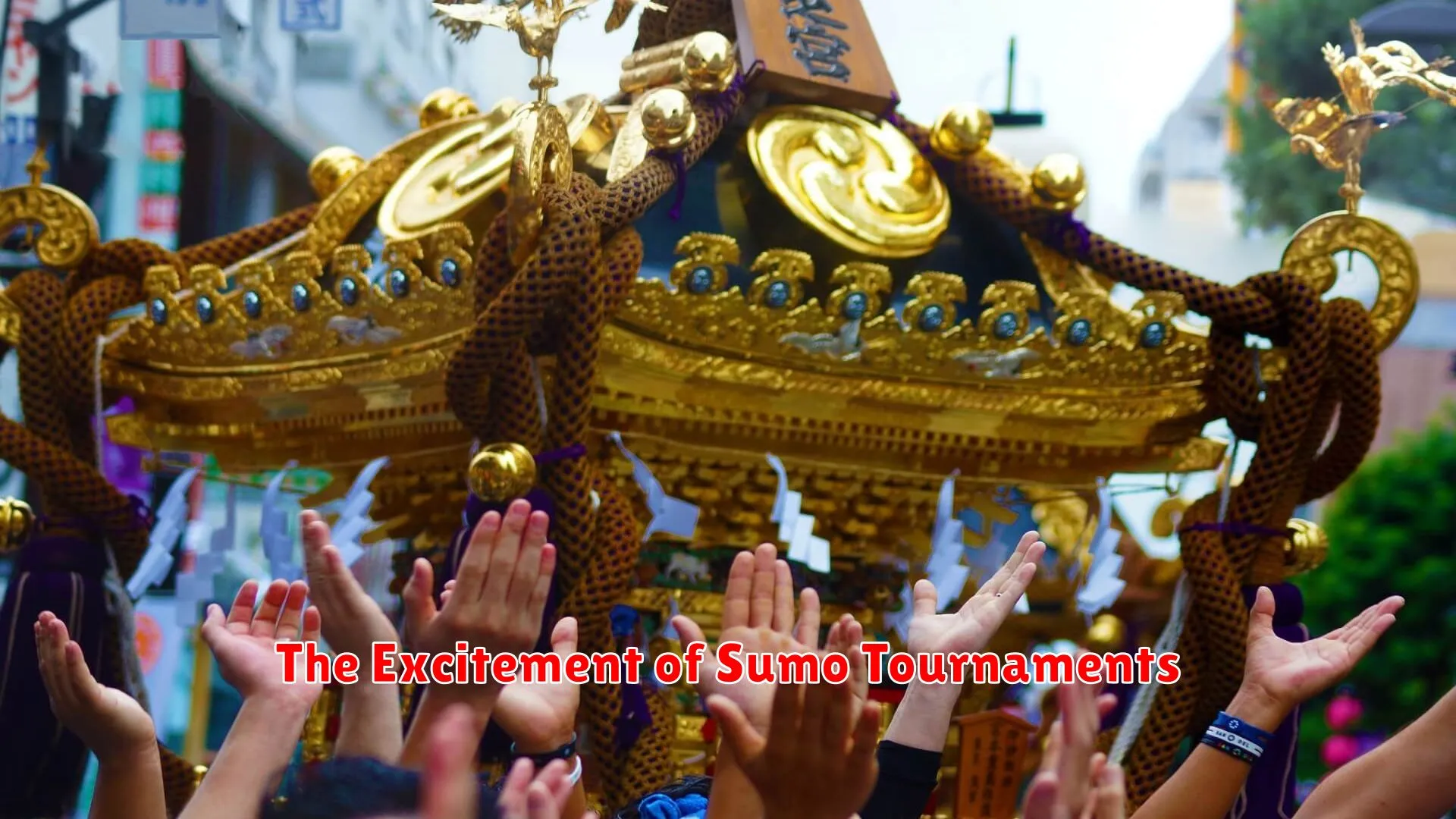
Sumo tournaments are among the most captivating events in Japanese culture, steeped in tradition and overflowing with excitement. The ancient sport of sumo, with its origins dating back centuries, showcases not just physical prowess but also a deep respect for Japanese heritage.
As spectators gather in the grand arenas, known as “dohyō,” the atmosphere is electrifying. The sound of drums reverberates through the air, signaling the start of intense matches that see sumo wrestlers, or “rikishi,” clad in loincloths, display their strength and technique in the ring.
One of the most thrilling aspects of sumo tournaments is the ceremonial rituals that precede each bout. From the salt-throwing purification ritual to the stomping of feet, every gesture holds symbolic significance, adding layers of meaning to the spectacle.
Spectators are drawn into the action, cheering on their favorite wrestlers with fervor as the matches unfold. The tension builds with each clash, culminating in moments of triumph and defeat that underscore the raw emotion inherent in sumo.
Moreover, sumo tournaments offer a glimpse into the disciplined lifestyle of sumo wrestlers, who adhere to strict rules and customs both inside and outside the ring. Their dedication to training and maintaining a formidable physique is a testament to the rigor and commitment required in this revered sport.
Lantern Festivals and Nighttime Splendor
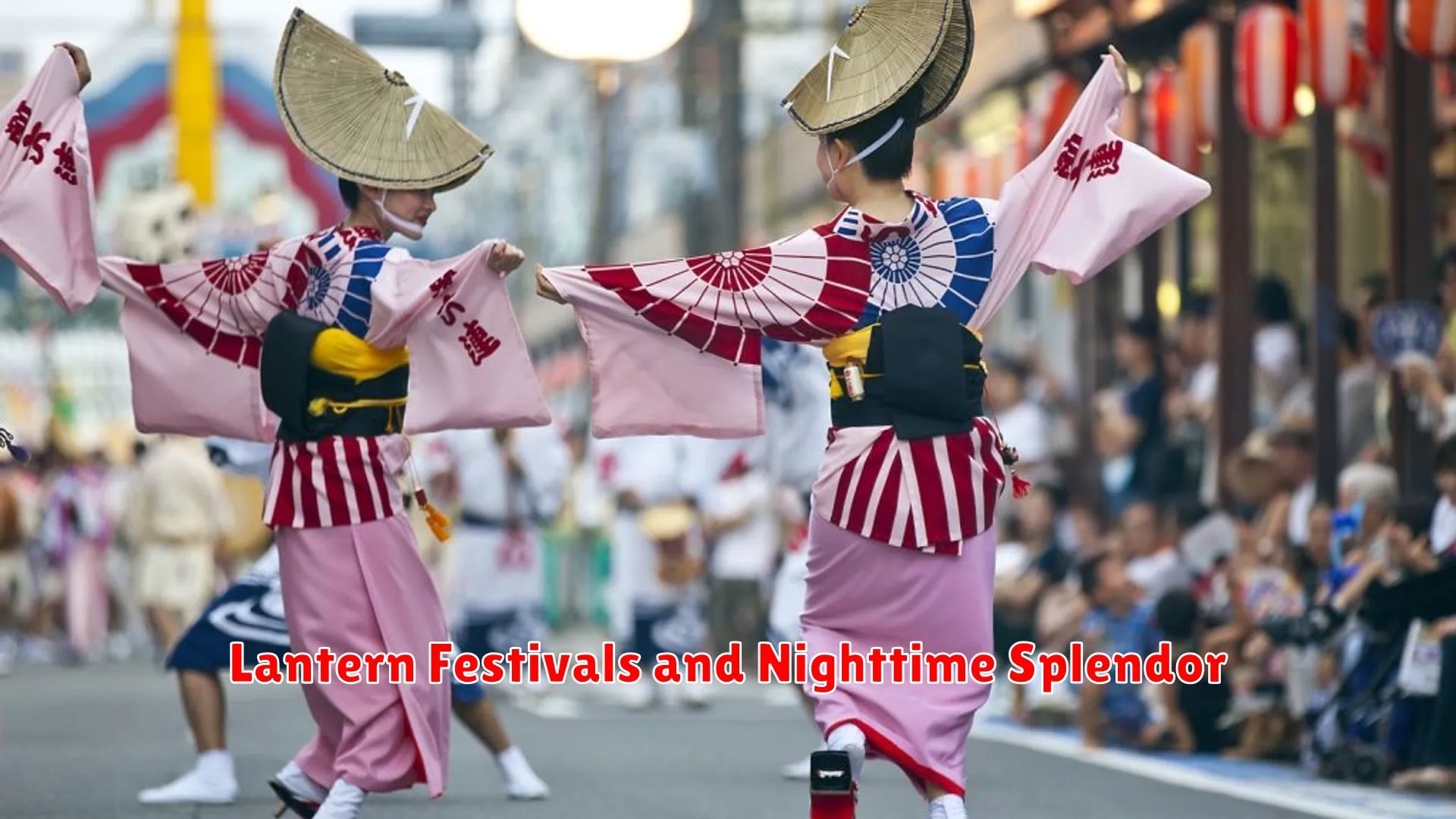
Immerse yourself in the enchanting world of lantern festivals and experience the mesmerizing nighttime splendor that Japan has to offer. These festivals are a significant part of Japanese culture, where locals and tourists come together to celebrate with vibrant displays of light and color.
One of the most famous lantern festivals in Japan is the “Chochin Matsuri” held annually in Akita Prefecture. Giant paper lanterns illuminated with intricate designs light up the streets, creating a dreamlike atmosphere that captivates all who attend.
Visitors can participate in lantern making workshops, try local festival foods, and witness traditional performances during these events. The lantern-lit streets provide the perfect backdrop for capturing stunning photographs and making lasting memories.
As night falls, the magical glow of the lanterns transforms the surroundings into a spectacle of beauty and wonder. The combination of ancient traditions and modern celebrations creates a unique cultural experience that highlights the richness of Japanese festivities.
Tips for Participating in Local Festivities
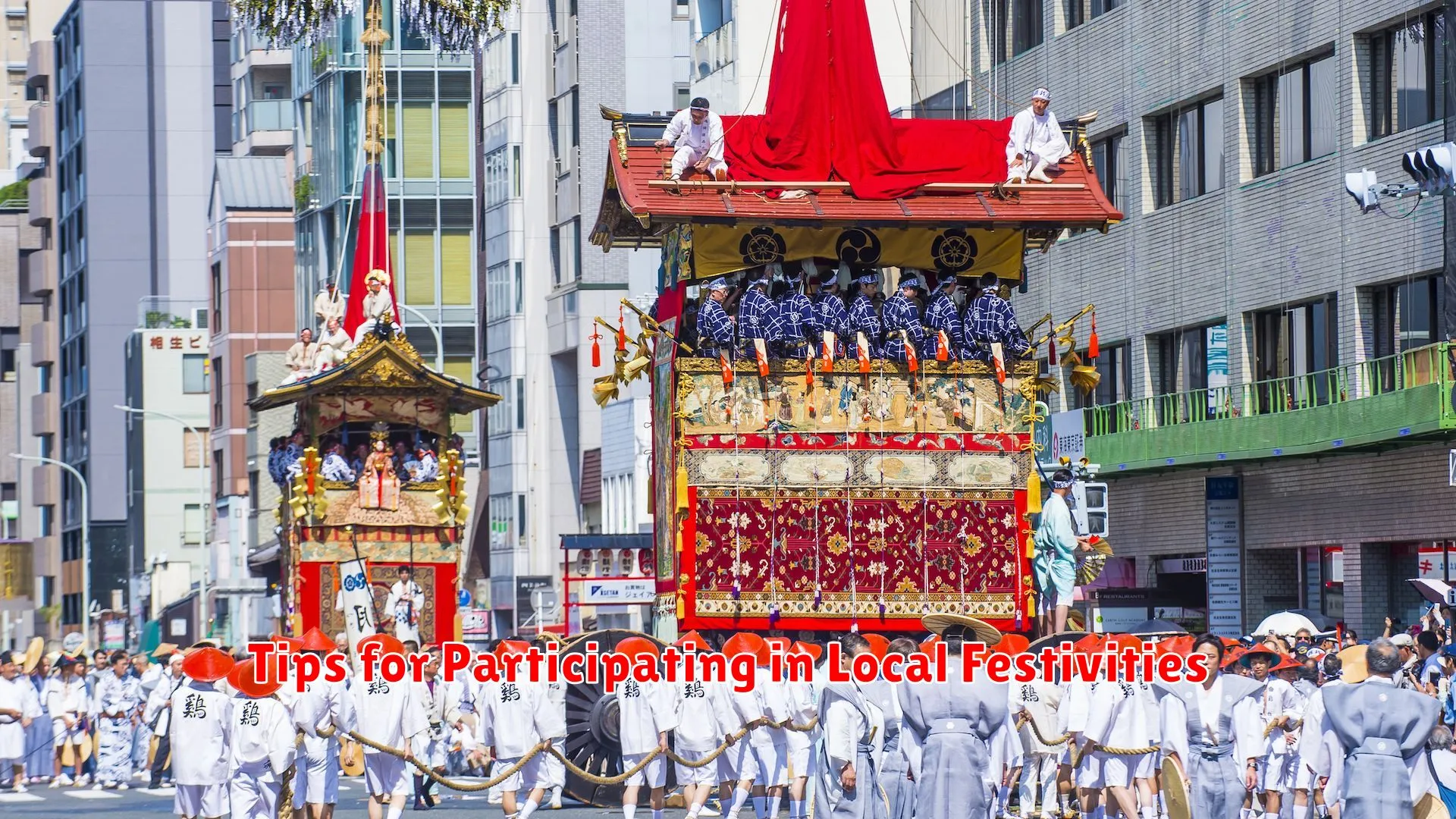
When exploring the vibrant and colorful world of Japanese festivals, there are several key tips to keep in mind to make the most of your cultural journey:
1. Plan Ahead
Research and make note of the dates and locations of the festivals you want to attend. Many festivals in Japan are held annually and attract large crowds, so planning ahead can help you avoid missing out on unique experiences.
2. Respect the Culture
Embrace the local customs and traditions of the festival you are attending. Observe the behavior of the locals and follow their lead when participating in rituals or activities to show respect for the culture.
3. Dress Appropriately
Wear comfortable clothing and consider traditional attire like yukata or happi coats to fully immerse yourself in the festive atmosphere. Be mindful of any dress codes or specific requirements for the event.
4. Engage with the Locals
Interact with the festival organizers, performers, and attendees to learn more about the cultural significance of the event. Don’t be afraid to ask questions and engage in conversations to deepen your understanding.
5. Sample Local Cuisine
One of the highlights of Japanese festivals is the delicious food offerings. Be adventurous and try a variety of traditional dishes and snacks available at food stalls to savor the authentic flavors of the region.
Understanding the Significance of Traditional Celebrations
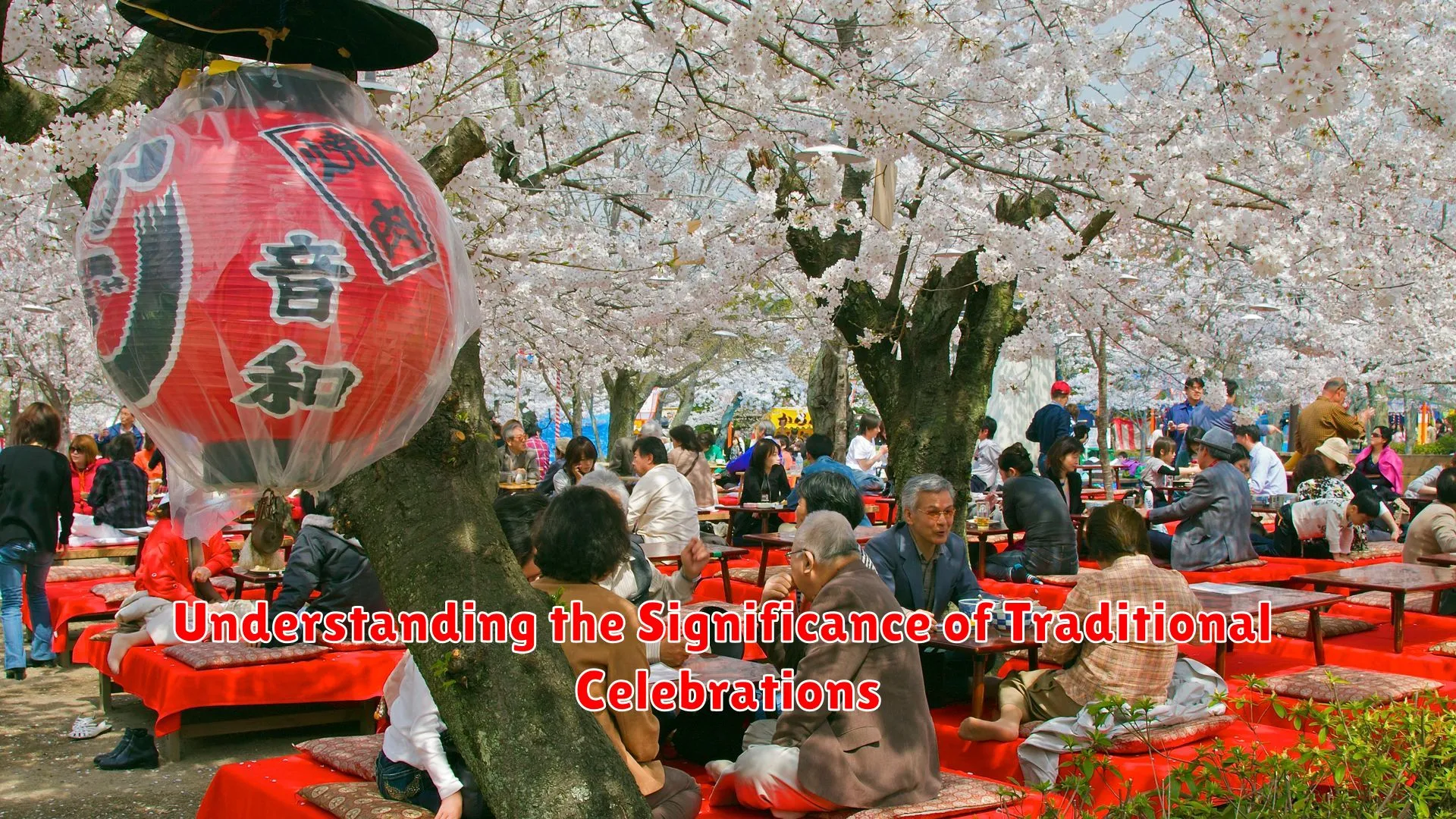
Traditional celebrations hold profound importance in preserving a country’s cultural heritage and identity. In the context of Japanese festivals, these events are not merely about merrymaking but are rooted in deep historical and spiritual significance.
Japanese festivals, known as matsuri, are a vibrant tapestry of customs, rituals, and performances that have been passed down through generations. These celebrations often honor deities, ancestors, or historical events, serving as a way for the community to connect with its past and express gratitude.
Participants in Japanese festivals typically wear traditional attire, carry symbolic objects, and partake in activities that symbolize unity and respect for tradition. From the mesmerizing Bon Odori dance during Obon festival to the exhilarating drum performances of Taiko at local shrines, each element of these celebrations conveys a story and a sense of shared cultural pride.
Moreover, Japanese festivals play a significant role in fostering community spirit and strengthening social bonds. They provide a platform for people to come together, share meals, exchange pleasantries, and immerse themselves in the collective joy of celebrating their heritage.
By understanding the deeper meanings and traditions behind Japanese festivals, we gain insight into the values and beliefs that have shaped the country’s cultural and social fabric. These celebrations serve as a gateway to appreciating Japan’s rich tapestry of traditions and the enduring spirit of its people.
Conclusion
Japanese festivals offer a mesmerizing glimpse into the rich culture and traditions of Japan, captivating visitors with vibrant performances, delicious food, and stunning displays. The lively atmosphere and deep-rooted traditions make these festivals a truly unforgettable cultural journey.

